AdonisJS Scenarios
In this ongoing series, we'll cover various scenarios you're likely to run into while developing or maintaining an AdonisJS application. Topics will range from authentication challenges to database management, testing, and more.

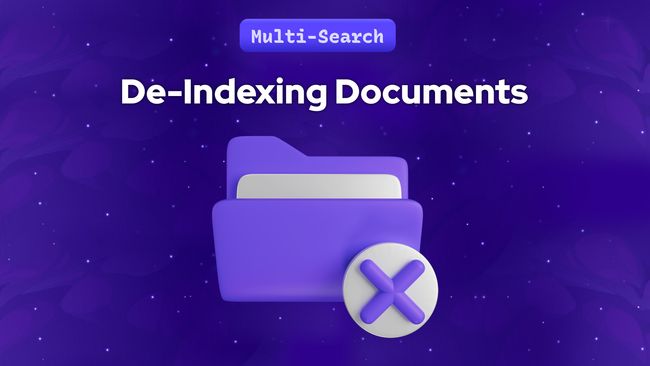

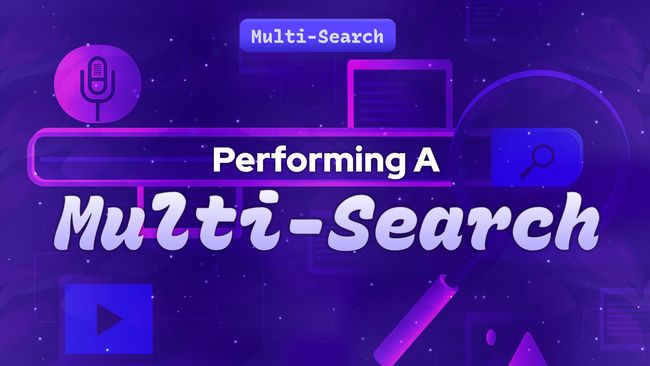
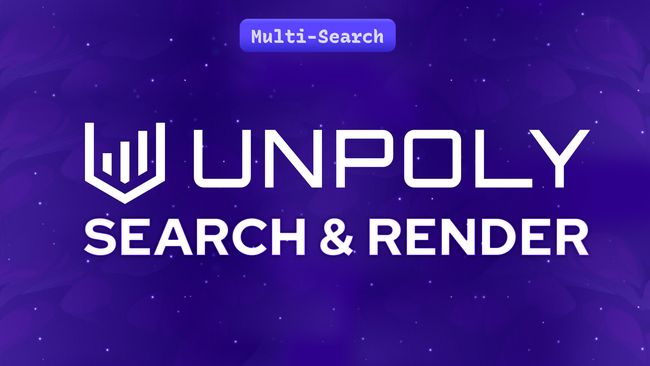
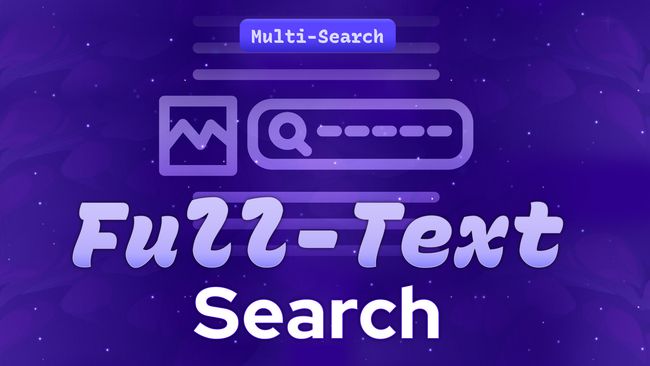
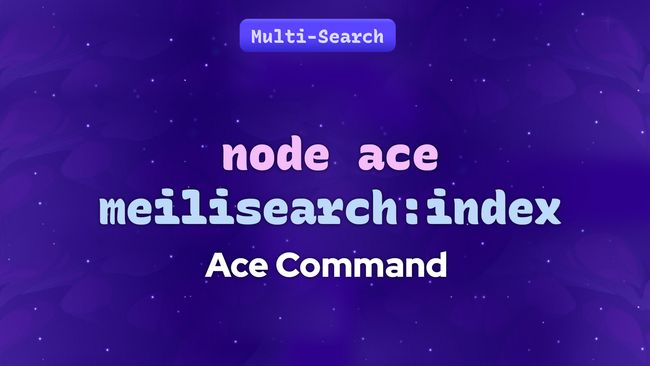

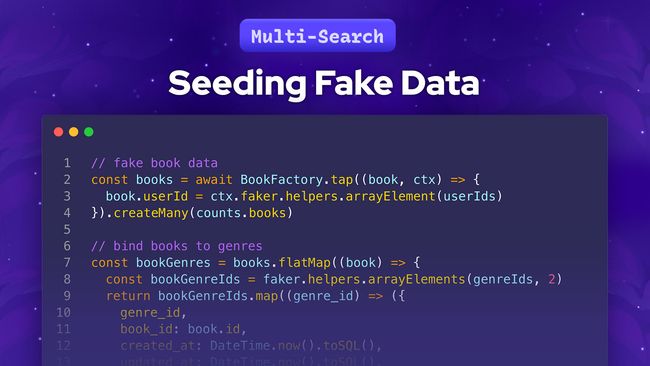

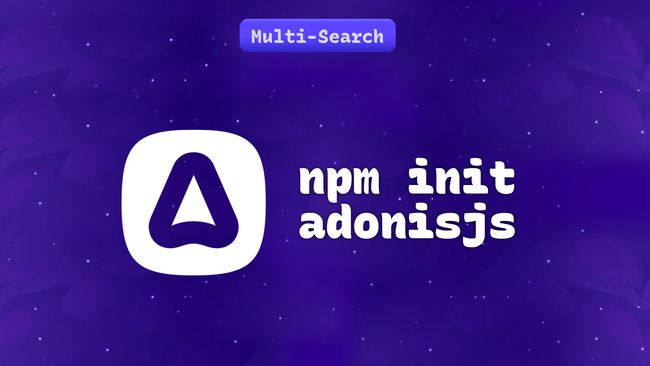
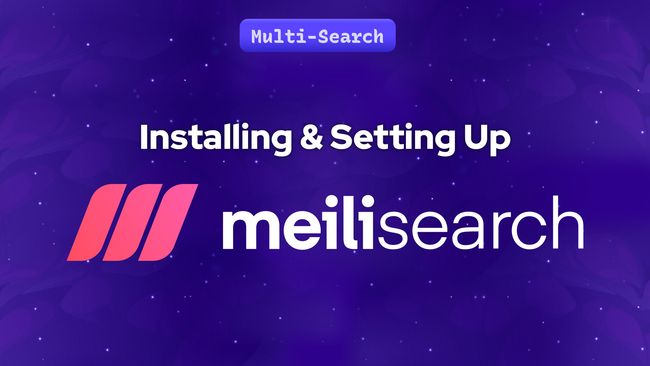
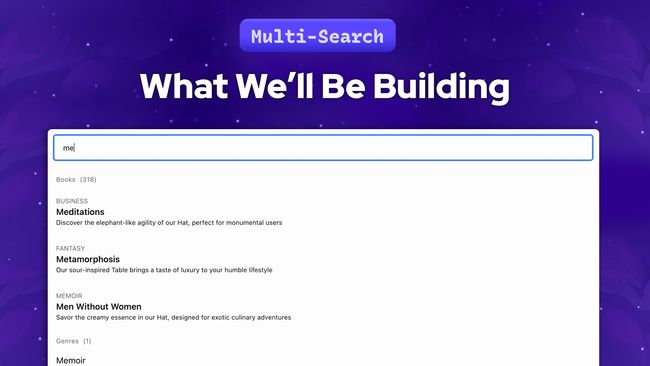
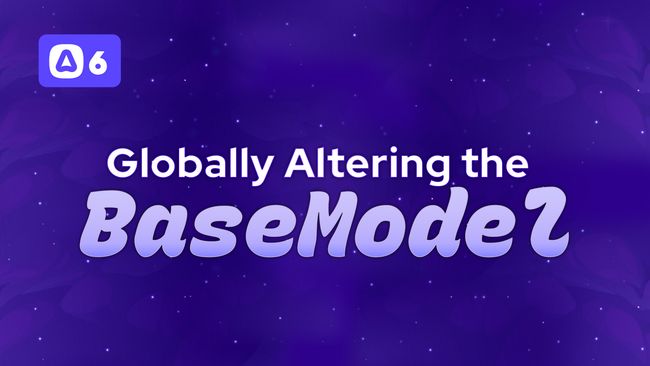
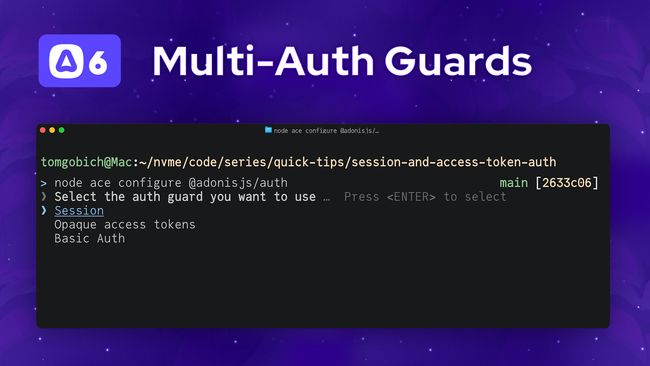
In this ongoing series, we'll cover various scenarios you're likely to run into while developing or maintaining an AdonisJS application. Topics will range from authentication challenges to database management, testing, and more.
In this series, we'll build a server-rendered mutli-search utilizing Meilisearch, Unpoly, and a sprinkle of AlpineJS. We'll setup factories and seeders to make fake data to allow us to index and search against books, authors, and genres simultaneously!
Quick tips, lessons, and screencasts covering specific topics on AdonisJS.
In this series, we'll add a API, using Opaque Access Tokens for authentication, to a preexisting web application. We'll implement dual-guard authentication, add a token management panel, and authenticate our API directly with an organization model!
We'll learn how to use InertiaJS with AdonisJS 6 to build a feature-complete application, called PlotMyCourse. Our application will use server-side rendering (SSR), Vue 3, and Shadcn-Vue. It'll feature organizations, drag-and-drop, and lots of forms.
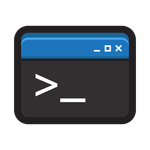
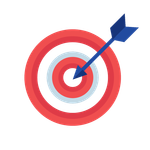

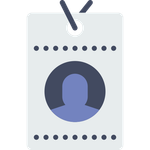
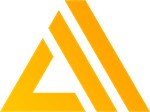

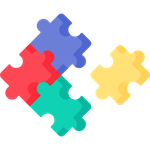



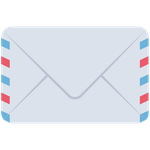







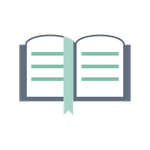
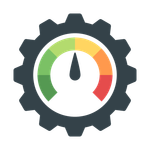






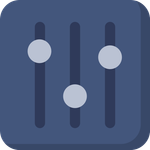







In this lesson, we'll learn how to generate dynamic Open Graph (OG) images using AdonisJS and Puppeteer. We'll also add rate limiting to limit the number of OG images being generated at once and discuss some things to watch out for.




In this lesson, we'll learn how we can remove documents from a Meilisearch index as records are deleted from our application. For this, we'll deindex author documents when a user deletes their account in our application.




In this lesson, we'll learn how we can dynamically index documents in Meilisearch as records are created within our application. For this, we'll index a new author document when a user registers within our application.




In this lesson, we'll piece everything together into our final multi-search by searching across our book, genre, and author indexes within Meilisearch with a single call. We'll also discuss how we can get a single federated result array back if desired.




In this lesson, we'll install and configure Unpoly to handle our search form's submission. We'll then server-render the search's results using EdgeJS and return it back as our response for Unpoly to swap in-place directly in the working document.




In this lesson, we'll learn how to perform a full-text search with Meilisearch while also building the structural base for what will eventually serve as our multi-search autocomplete.




In this lesson, we'll create an Ace CLI command to index our pre-existing data within our Meilisearch database so it is ready to search against. We'll walk our way through this and point out what to watch out for and how to view task errors.




In this lesson, we'll create a singleton Meilisearch service to simplify operations against our Meilisearch database by allowing us to specify whether we want to simply search or perform an admin authorized operation.




In this lesson, we'll create a database seeder that will utilize our model factories to generate plenty of fake data to index and search against. We'll also discuss how we can easily batch insert bulk data in a single call.




In this lesson, we'll work on structuring our database by defining our migrations, Lucid models, and model factories to aide in generating fake data we'll later index and search against with Meilisearch.
Get access to all the tools, tips, and real-world knowledge to build with confidence. Just choose the plan that fits you best.
Just getting started? Try Adocasts Plus on a month-by-month basis and unlock everything instantly with no strings attached.
USD per month
Ready to level up your Node game? Go annual and save big while accessing all premium content, all year long.
USD per year
All-in forever? One-time payment, lifetime access. Everything we make, now and in the future, is yours.
USD per lifetime